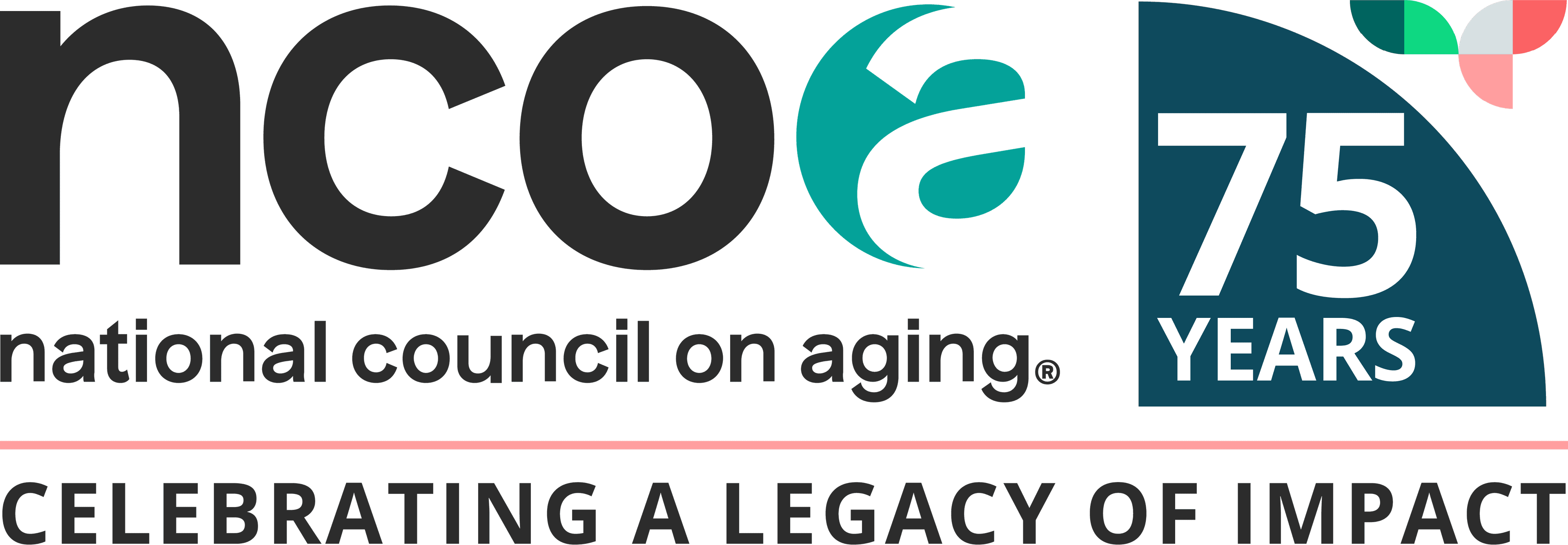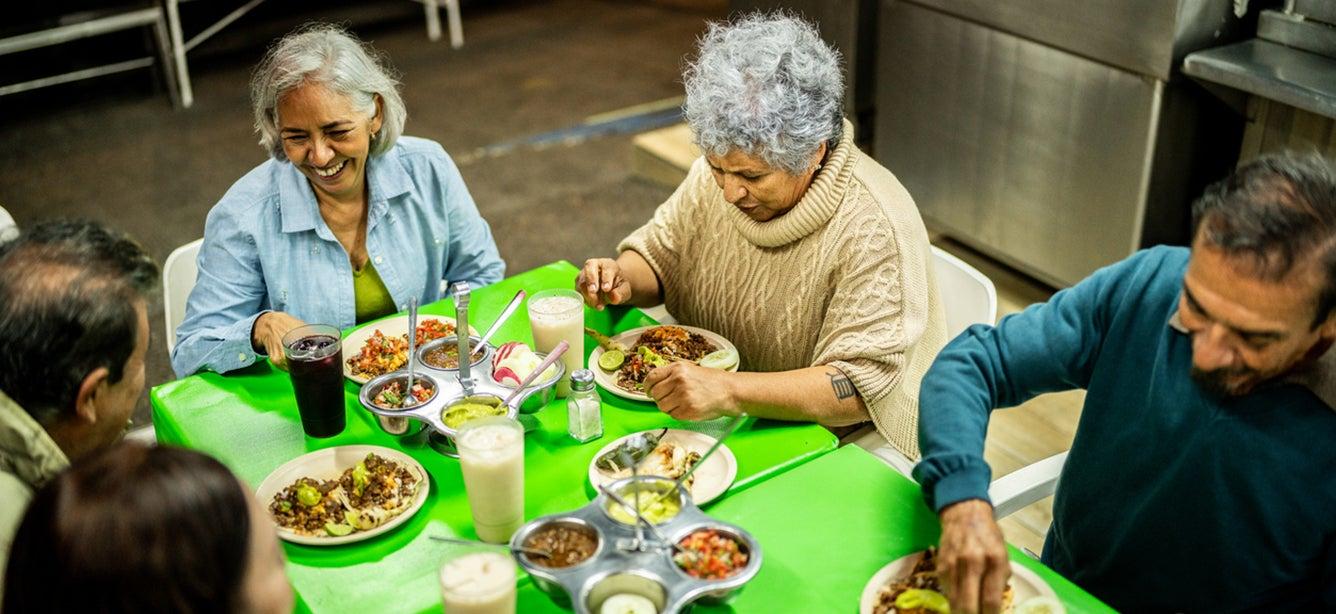
Related Topics
Did you know the definition of healthy eating evolves as we age? A 20-year-old body and a 60-year-old body have different nutritional needs. For example, as we grow older, our metabolism slows down, so we need fewer calories than before. Our body also needs more of certain nutrients the older we get. That means it’s more important than ever to choose foods that give us the best nutritional value.
Keep reading for tips on finding the best foods for your body—and your budget.
6 tips for picking healthy foods as you get older
The rules of thumb below can help guide you toward nourishing food choices:
1. Know what a healthy plate looks like
The U.S. Department of Agriculture (USDA) has come up with a simple way to help people see what a day of healthy eating looks like. It’s called MyPlate. The simple graphic shows exactly how the five food groups should stack up on your plate. These are the building blocks for a healthy diet.
2. Look for important nutrients. Eating a variety of foods helps us get all the nutrients we need. Aim for your plate to look like a rainbow—brightly colored foods are often the best choice! A healthy meal includes:
- Lean protein (lean meats, seafood, eggs, beans)
- Fruits and vegetables (think orange, red, green, and purple)
- Whole grains (brown rice, whole wheat pasta)
- Low-fat dairy (milk and its alternatives)
Choose foods that are high in fiber and low in sodium or salt. As you age, focus on important nutrients, such as potassium, calcium, vitamin D, and vitamin B12.
3. Read the Nutrition Facts label
The healthiest foods are whole foods. These are typically found on the perimeter of the grocery store in the produce, meat, and dairy sections. When you do eat processed foods like chips and baked goods, be a smart shopper. Read the Nutrition Facts labels to find items that are lower in fat, added sugars, and sodium.
4. Use recommended servings
Eating the right amount of food for your age and body helps you maintain a healthy weight. USDA's MyPlate Plan has some guidance on nutrition and daily activity specifically for adults age 60 and older.
5. Stay hydrated
Water is an important nutrient, too! To prevent dehydration, drink small amounts of fluids consistently throughout the day. Water is your best choice. Keep fluids with sugar and salt at a minimum, unless your doctor suggests otherwise.
6. Stretch your food budget
Want to get the biggest nutritional bang for your buck? The Supplemental Nutrition Assistance Program (SNAP) can help you afford healthy food when you need it. Approximately 6.5 million low-income adults age 60+ rely on SNAP, and the average older adult receives $188 each month.1
Visit NCOA's BenefitsCheckUp to see if the program can help you.
Another way to eat healthy: Try out a grocery or meal delivery service
Did you know app-based food delivery services like Uber Eats and DoorDash allow you to select groceries online and have them delivered right to your door? Even better, these platforms now accept SNAP EBT payments for eligible food items. In fact, EBT cardholders may be able to take advantage of special incentives (see service providers’ websites for details).
And have you heard meal kit delivery services like HelloFresh, Home Chef, and Blue Apron can drop off whole ingredients with unique recipes at your home?
If you haven't tried out these services yet, consider learning more. Keep in mind that while eligible food items are covered by SNAP benefits, grocery delivery service fees are not. Meal delivery kits generally are not covered by SNAP.
Share our 6 tips on eating well with this NCOA infographic
Spread the word about how to make smarter choices at the grocery store. Download this infographic as a PDF below.
Educational information provided with generous support from the Walmart Foundation.
Source
1. USDA. Characteristics of Supplemental Nutrition Assistance Program Households: Fiscal Year 2023. April 2025. Found on the internet at https://fns-prod.azureedge.us/sites/default/files/resource-files/snap-FY23-Characteristics-Report.pdf




